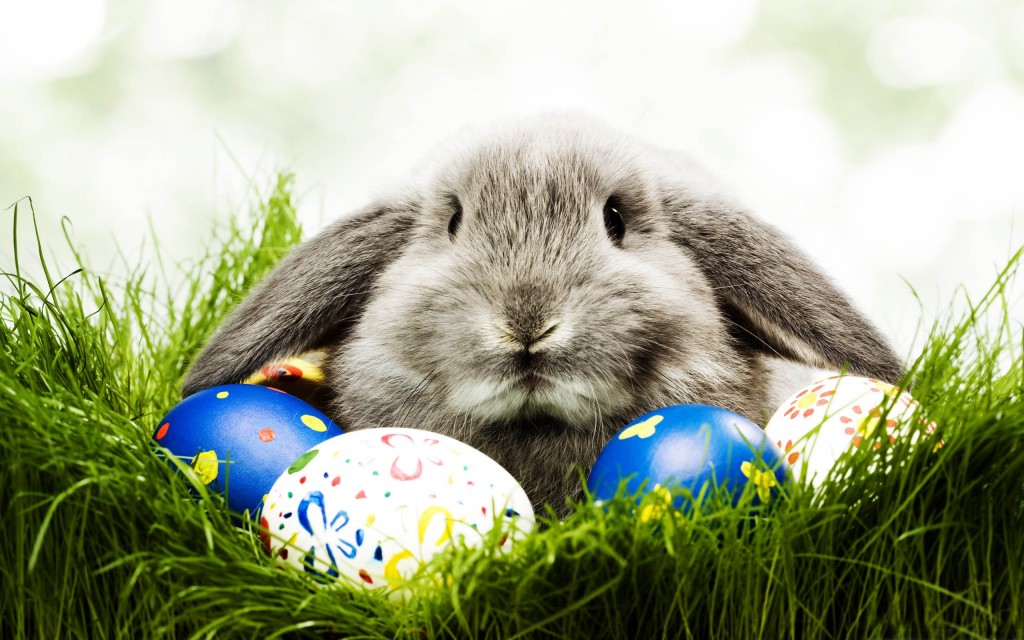 It is interesting to wonder about how certain Christian customs originated. One notable custom is the paradox in our Easter tradition that seems to support the fact that rabbits lay eggs! How strange is that?! Someone obviously must have missed hearing some practical “facts of life.”
It is interesting to wonder about how certain Christian customs originated. One notable custom is the paradox in our Easter tradition that seems to support the fact that rabbits lay eggs! How strange is that?! Someone obviously must have missed hearing some practical “facts of life.”
The term “Easter” derives from the name of a Teutonic goddess of dawn, spring and fertility — Eastre. (Our word, “east” is also related to this deity’s name.)
In pre-Christian England, the festival for Eastre was held on the Vernal Equinox (the first day of Spring), about the same time as Christianity celebrated the Festival of Christ’s Resurrection. The newly converted English Christians took over the old pagan festival, celebrated it as the Festival of Christ’s Resurrection, and by using the old pagan goddess’s name for it, probably held on to a nostalgic tradition which made the transition easier. Ulitmately, the “Feast of Eastre” eventually became the “Feast of Easter.”
But How Did an “Egg-Laying Easter Bunny” Come About?
There was once a legend about Eastre, well known to the ancient English, that once she came upon an injured bird. For some reason, the only way should could save the bird was to turn it into a four-footed creature known for its prolific fertility, which happened to be the hare. While the little bird survived in its new shape as a hare, it still kept its ability to build nests and lay eggs. It was indeed a very small jump (no pun intended!) to convert this hare into today’s beloved “Easter Bunny,” able to lay eggs in a very “non-bunny” fashion!
The Symbolic Meaning of Eggs
Eggs have long represented fertility and consequently “rebirth.” It was natural, because of this emphasis on “rebirth,” that eggs became associated with Easter, the Festival of Christ’s Resurrection. Although, when and where the egg first received this connotation of “rebirth” is so ancient that historians have no idea when it first began. It is of interest that the Ancient Persians, Hindus and Egyptians even believed that the world itself began as a single egg.
The Coloring of Eggs
The mythology of Eastre states that the bird — become rabbit — was so grateful to the goddess for saving it’s life, that it would decorate eggs that had been laid and presented them to Eastre as gifts. During medieval times, Easter eggs were painted with bright colors to represent the sunlight of spring, and traditionally given at Easter to the servants. In Germany, eggs were gifts given to children along with other Easter gifts.
A number of cultures have developed their own ways of decorating Easter eggs. In Greece, crimson eggs, to honor the blood of Christ, are exchanged. In some parts of Germany and Austria, green eggs are used on Maundy Thursday. The Slavic people decorate their eggs in special patterns of gold and silver. Artists in Austria design patterns by fastening ferns and tiny plants around the eggs, which are then boiled. The plants are removed to reveal a striking white pattern.
















Rick Trinque liked this on Facebook.